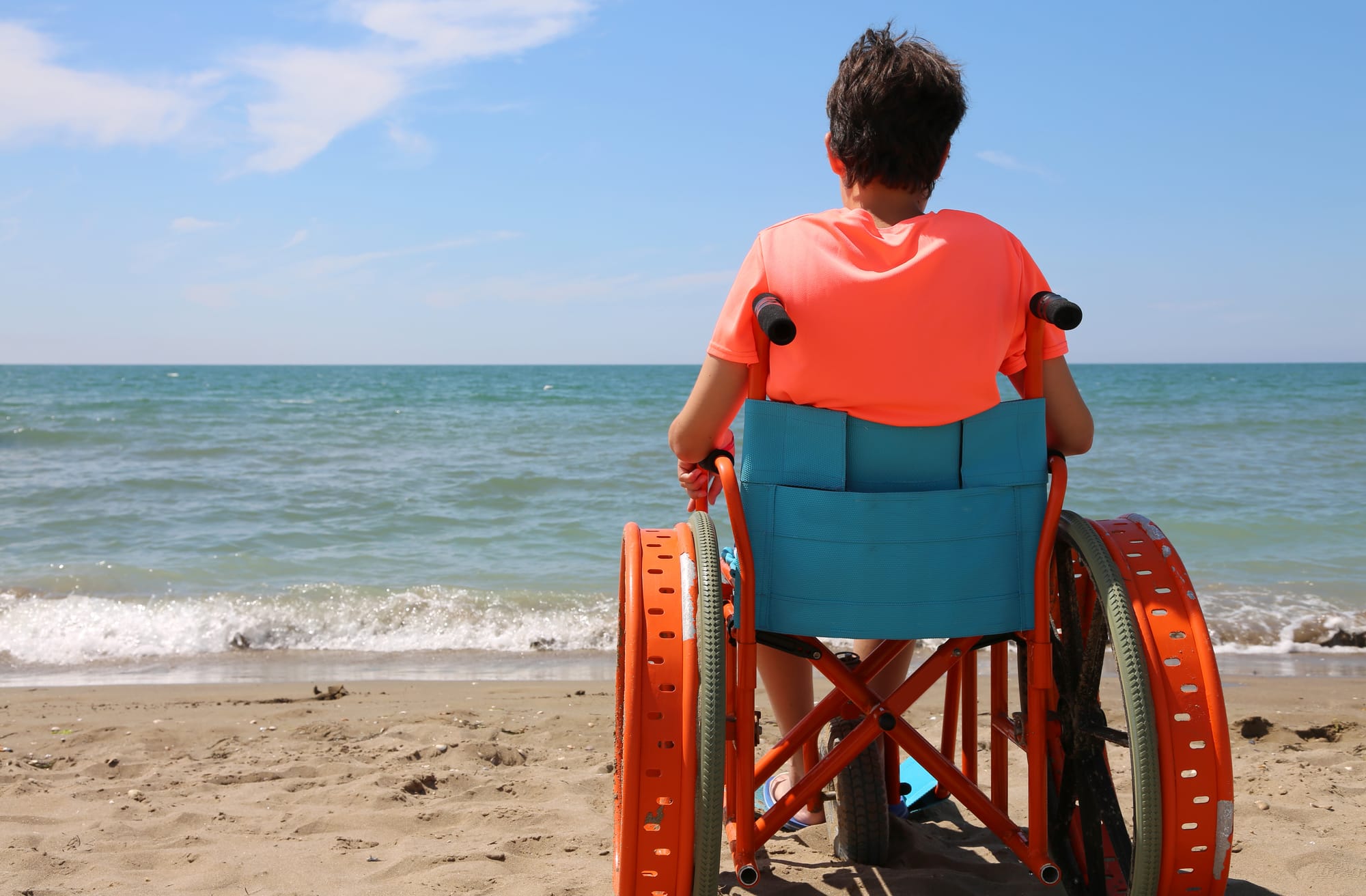Integrated Approach to Amyotrophic Lateral Sclerosis (ALS): Mechanisms, Therapeutic Strategy, and Expected Outcomes

Introduction
Amyotrophic Lateral Sclerosis (ALS) is a progressive neurodegenerative disease that affects motor neurons responsible for voluntary muscle control. Although there is still no cure, advances in the understanding of cellular and metabolic mechanisms have enabled the development of integrated approaches aimed at improving quality of life, reducing symptoms, and potentially slowing disease progression.This article summarizes the core mechanisms of ALS and organizes an integrated therapeutic strategy based on therapies available in advanced clinical and wellness environments, including: hyperbaric oxygen therapy (HBOT), photobiomodulation (PBM), very low-intensity rTMS (VL‑rTMS), an ALS‑adapted ketogenic diet, hydrogen-rich water, and complementary therapies such as PEMF.
1. Understanding ALS: How Motor Neurons Die
The exact cause of ALS remains unknown, but the scientific community understands well how motor neurons degenerate. The disease results from a combination of genetic, environmental, and metabolic factors that trigger a cascade of destructive biological processes.
1.1 Cortical hyperexcitability
Motor neurons become excessively active, consuming more energy than they can sustain and accumulating intracellular calcium, eventually leading to degeneration.
1.2 Mitochondrial failure
Mitochondria become unable to produce sufficient energy, increasing oxidative stress.
1.3 Accumulation of toxic proteins (TDP‑43)
TDP‑43 protein aggregates inside neurons, disrupting essential processes and contributing to cell death.
1.4 Chronic neuroinflammation
Microglia become hyperactivated, promoting inflammation that accelerates neuronal degeneration.
1.5 Neuromuscular junction dysfunction
The connection between motor neuron and muscle deteriorates, accelerating muscle atrophy and neuronal death.ALS is therefore a vicious cycle involving insufficient energy, inflammation, excitotoxicity, and cellular collapse.
2. An Integrated Approach: The Logic of a Multimodal Protocol
No single therapy can significantly change ALS progression. However, a combined approach that targets different components of the degenerative cycle can meaningfully improve the patient’s well-being and functionality.The proposed protocol is built on six pillars:
- Enhanced cellular oxygenation (HBOT)
- Reduced inflammation and increased mitochondrial energy (PBM)
- Modulation of cortical excitability (VL‑rTMS)
- Optimization of neuronal metabolism (ALS‑adapted ketogenic diet)
- Selective neutralization of toxic radicals (hydrogen-rich water)
- Complementary therapies for comfort and microcirculation (PEMF and others)
3. The Proposed Protocol
3.1 Hyperbaric Oxygen Therapy (HBOT)
Recommended pressure: 1.3 to 1.5 ATA
Session duration: 60–90 minutes
Frequency: 3–6 sessions per week
Expected benefits
- Increased tissue oxygenation
- Reduced oxidative stress
- Improved cellular energy
- Better sleep and reduced fatigue
- Subjective improvement in respiratory comfort
3.2 Brain Photobiomodulation (PBM)
Target areas: Motor cortex (C3, C4), prefrontal cortex (F3, F4), midline (Cz)
Frequency: 3–5 sessions per week
Expected benefits
- Improved mitochondrial function
- Reduced neuroinflammation
- Neuronal stabilization
- Enhanced mental energy and mood
3.3 Very Low-Intensity rTMS (VL‑rTMS)
Goal: Reduce cortical hyperexcitability without overstimulating neurons.
Recommended protocol: Neurorehabilitation programs (20–50 Hz, moderate intensity)
Expected benefits
- Reduced excitotoxicity
- Improved residual motor coordination
- Possible slowing of functional decline
3.4 ALS‑Adapted Ketogenic Diet
A hypercaloric, high‑protein version of the ketogenic diet aiming to maintain light-to-moderate ketosis.
Goals
- Provide alternative fuel to neurons (ketone bodies)
- Reduce inflammation
- Improve energy efficiency
- Prevent weight loss (highly detrimental in ALS)
Suggested macronutrient breakdown
- 70–80% healthy fats
- 15–25% high‑quality protein
- 5–10% carbohydrates (mainly vegetables)
3.5 Hydrogen‑Rich Water
Dose: 1–2 L per day
Expected benefits
- Reduction of hydroxyl radicals (the most toxic to neurons)
- Improved mitochondrial function
- Reduced inflammation
- Lower fatigue
3.6 PEMF (Peripheral Use)
Goal: Comfort, microcirculation, and relaxation.
Important: Does not increase intracellular calcium in motor neurons.
Expected benefits
- Improved circulation
- Reduced pain and muscle tension
- Support for sleep and general relaxation
4. Expected Outcomes
It is essential to maintain realistic expectations: none of these therapies cure ALS, but combined they can significantly improve quality of life.
Most common outcomes (after 5–20 sessions)
- Increased energy
- Reduced fatigue
- Improved sleep
- Better mental clarity
- Less breathlessness
- Reduced muscle stiffness
Medium‑term outcomes (1–3 months)
- Temporary stabilization of certain functions
- Possible slowing of symptom progression
- Reduced systemic inflammation
- Improved mood and motivation
What not to expect
- Reversal of paralysis
- Significant muscle recovery
- Cure or elimination of the disease
5. Conclusion
A multimodal and integrated approach offers a meaningful opportunity to improve comfort, extend functional capacity, and enhance quality of life for people living with ALS. By addressing multiple fragile points of the disease, oxygenation, metabolism, inflammation, neuronal excitability, and cellular energy, this protocol aligns with modern understanding of ALS mechanisms.It represents an advanced, safe, and physiologically grounded support strategy, particularly relevant in specialized therapeutic environments such as Hyperbaric SPA.